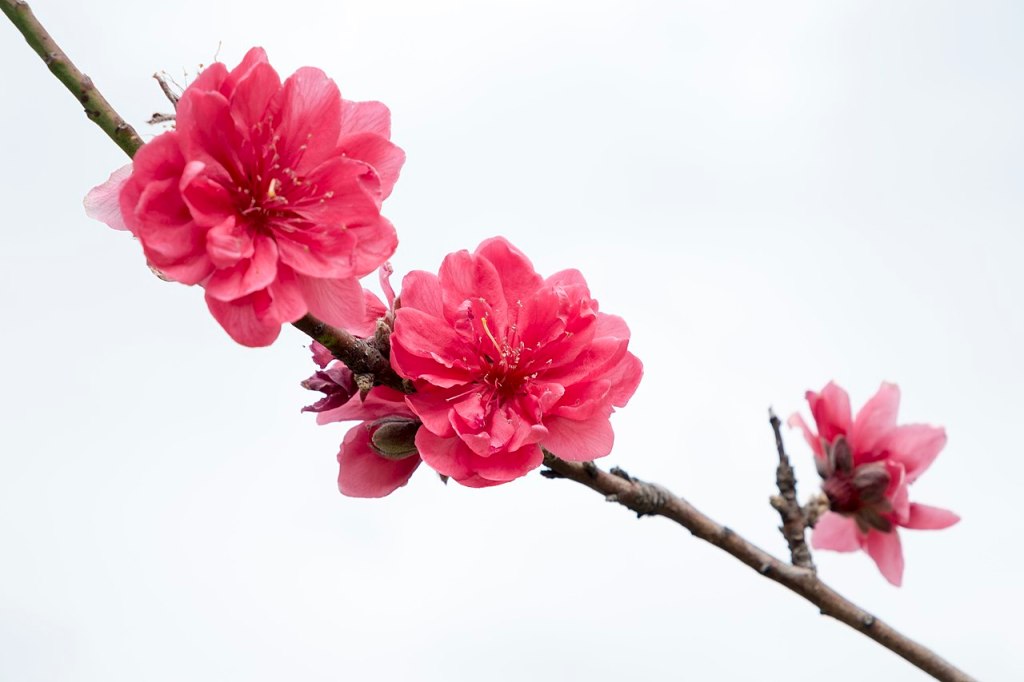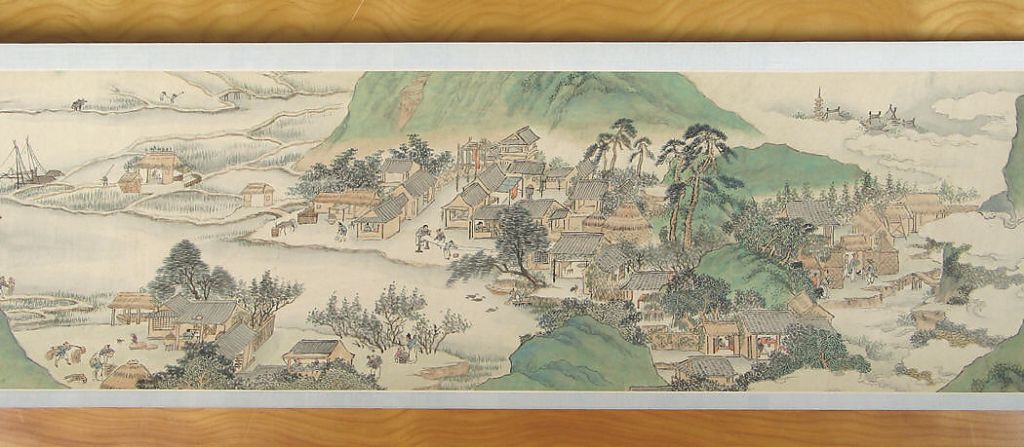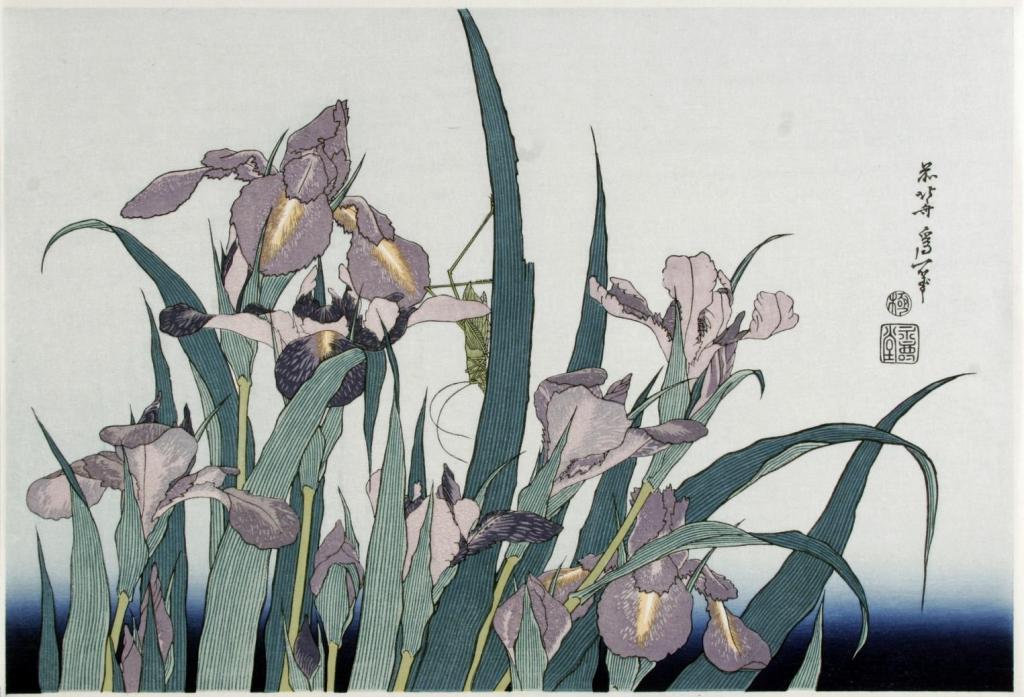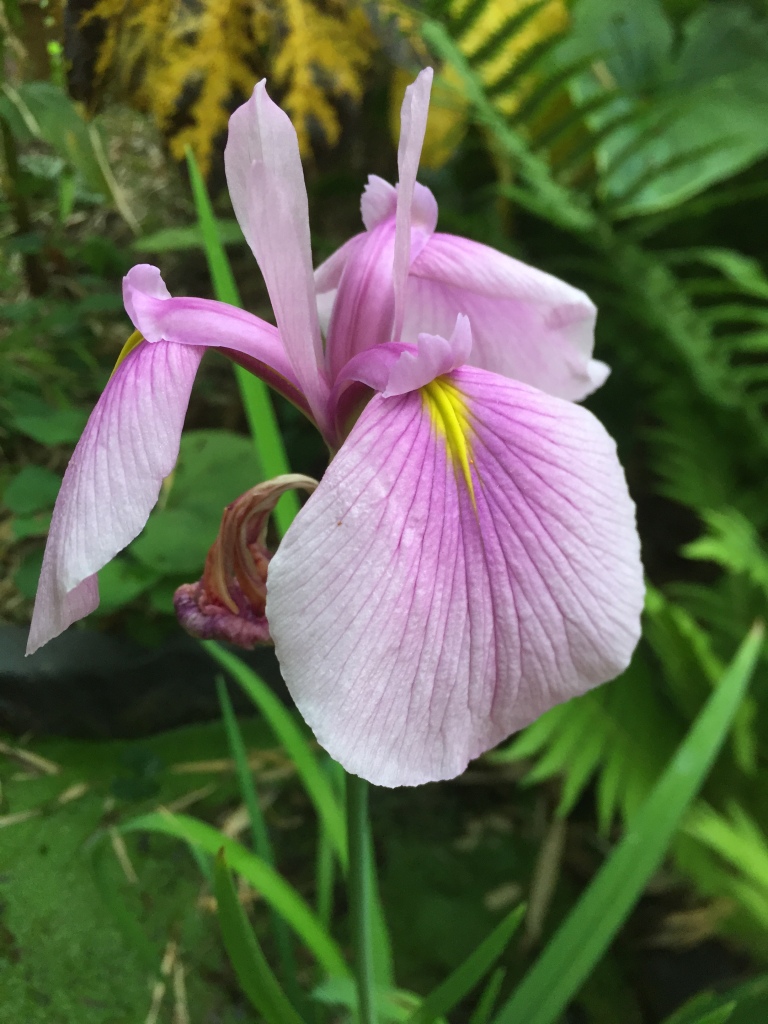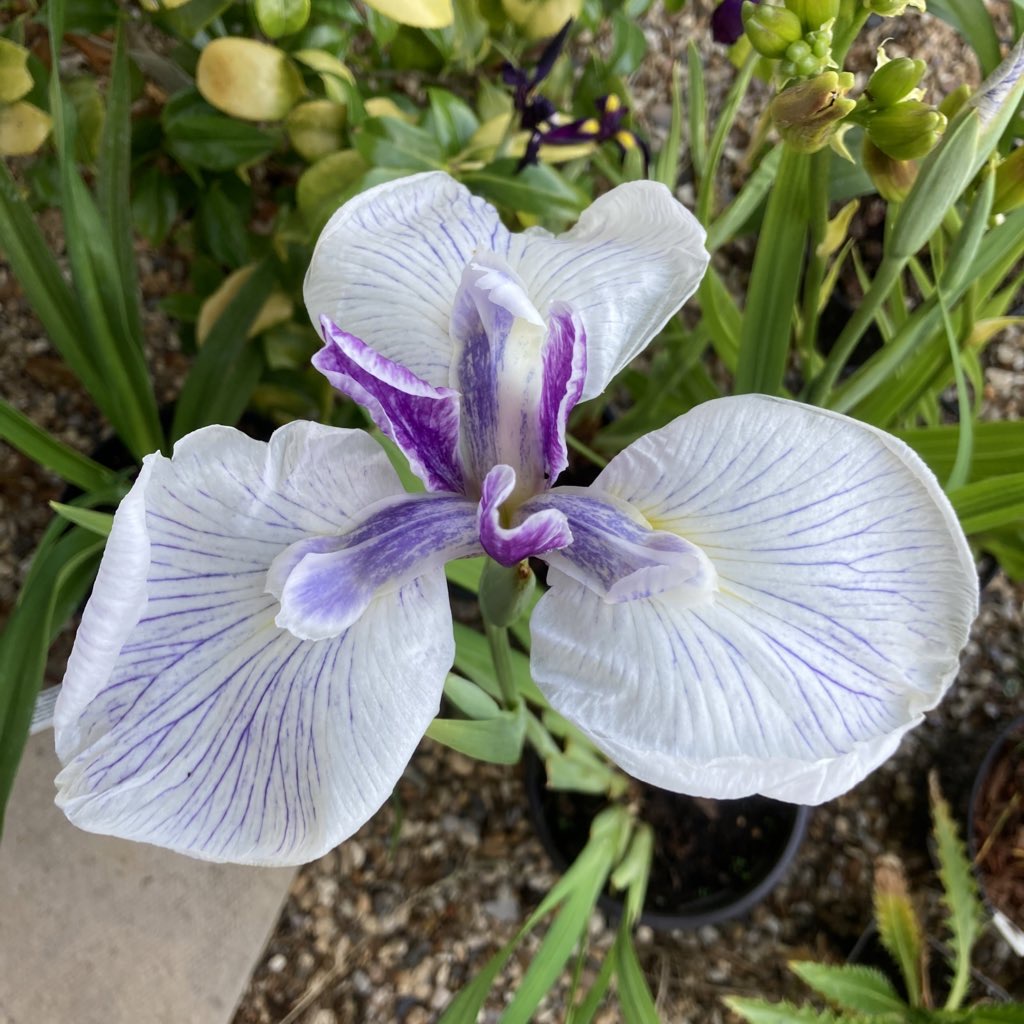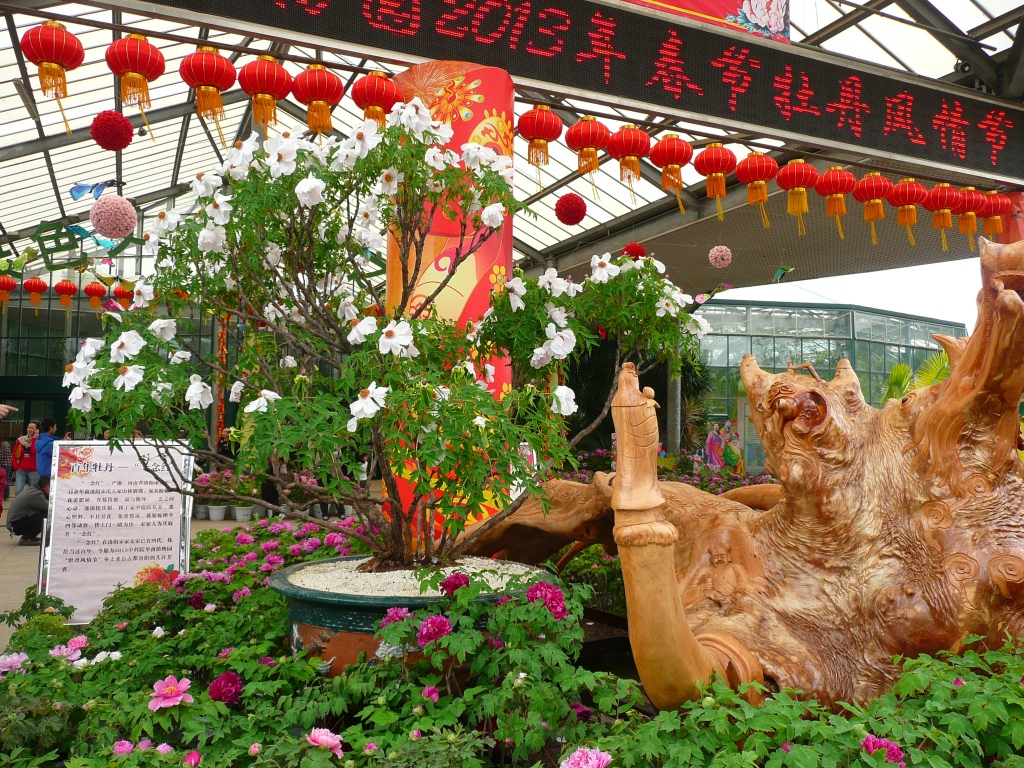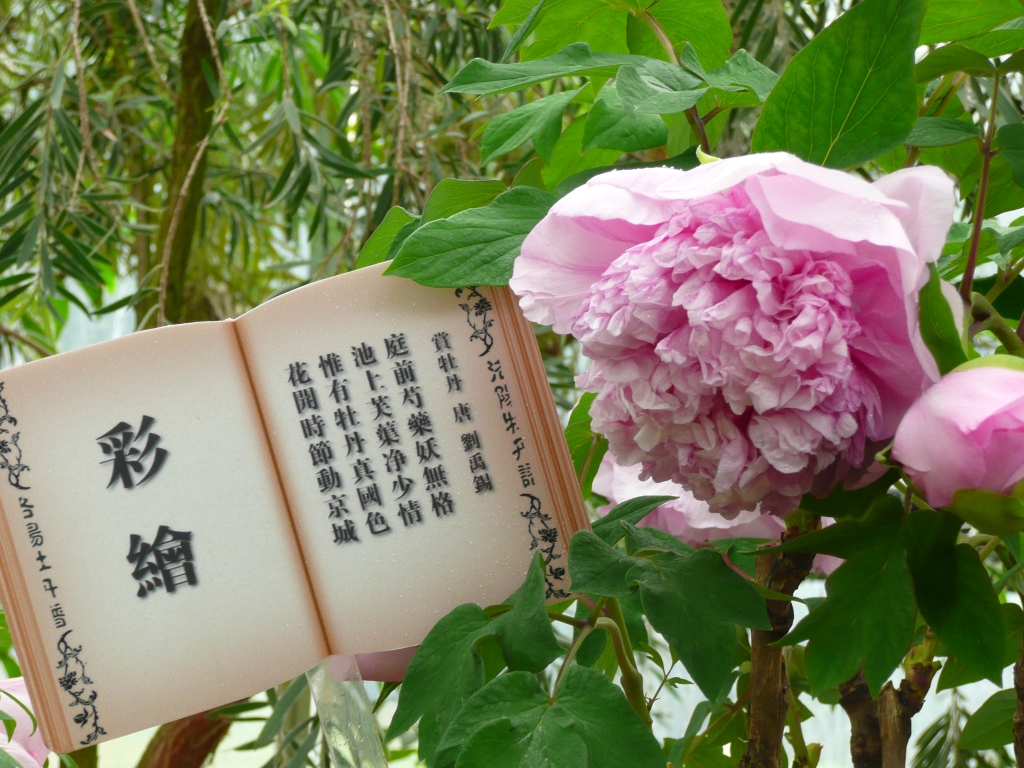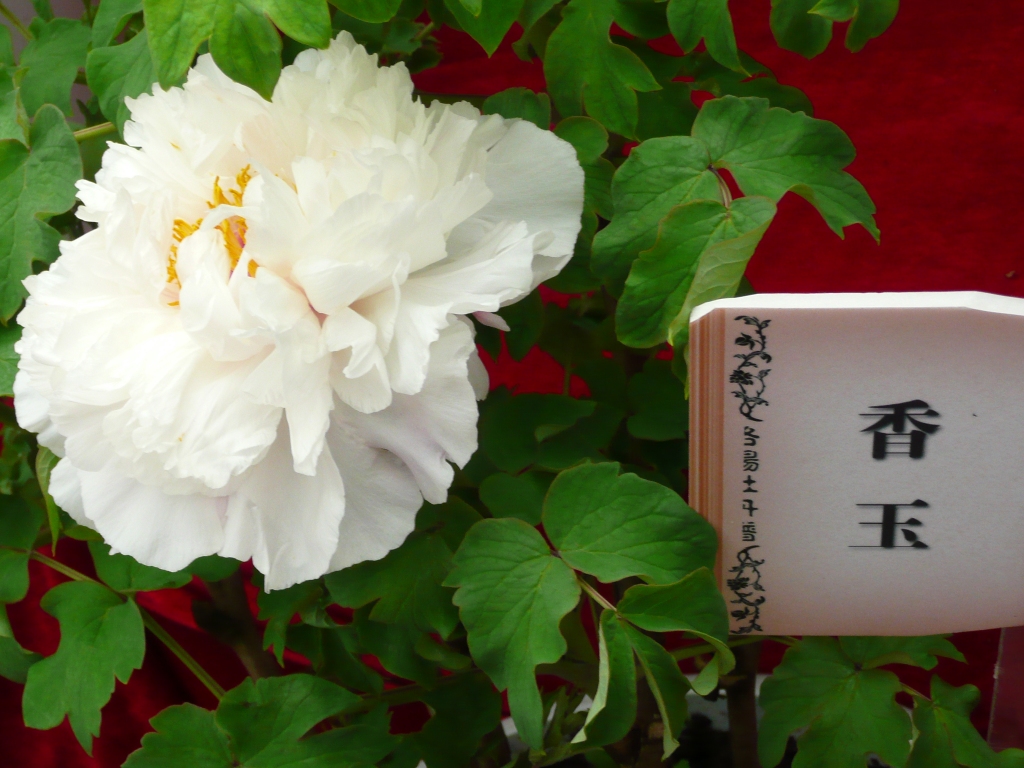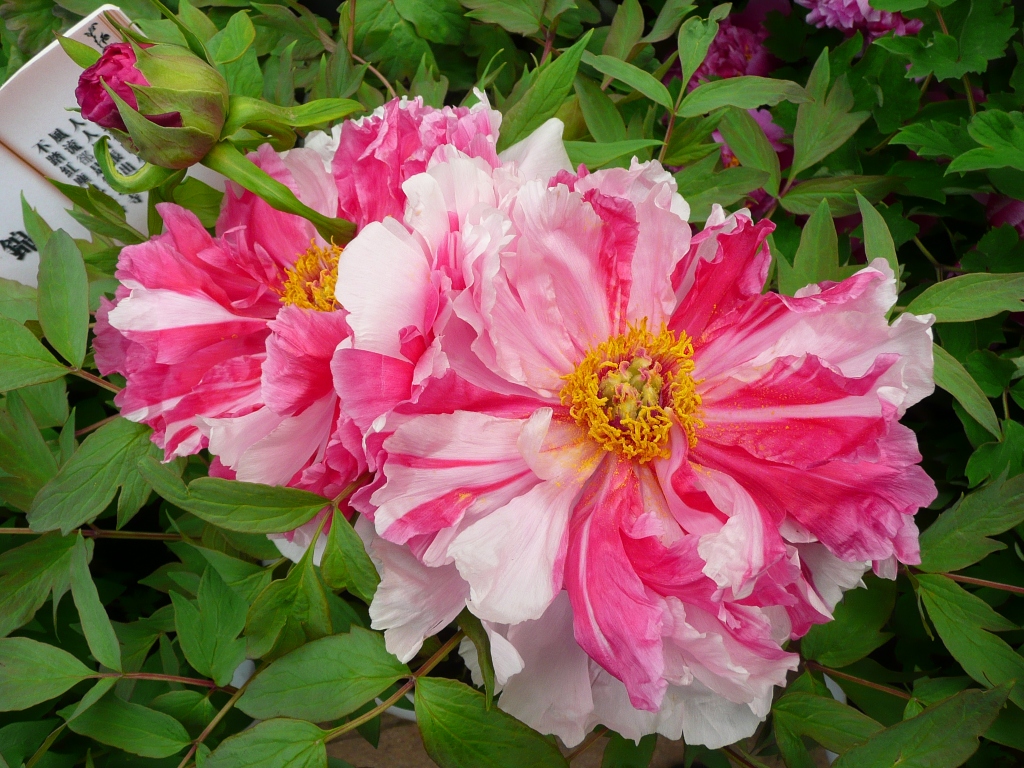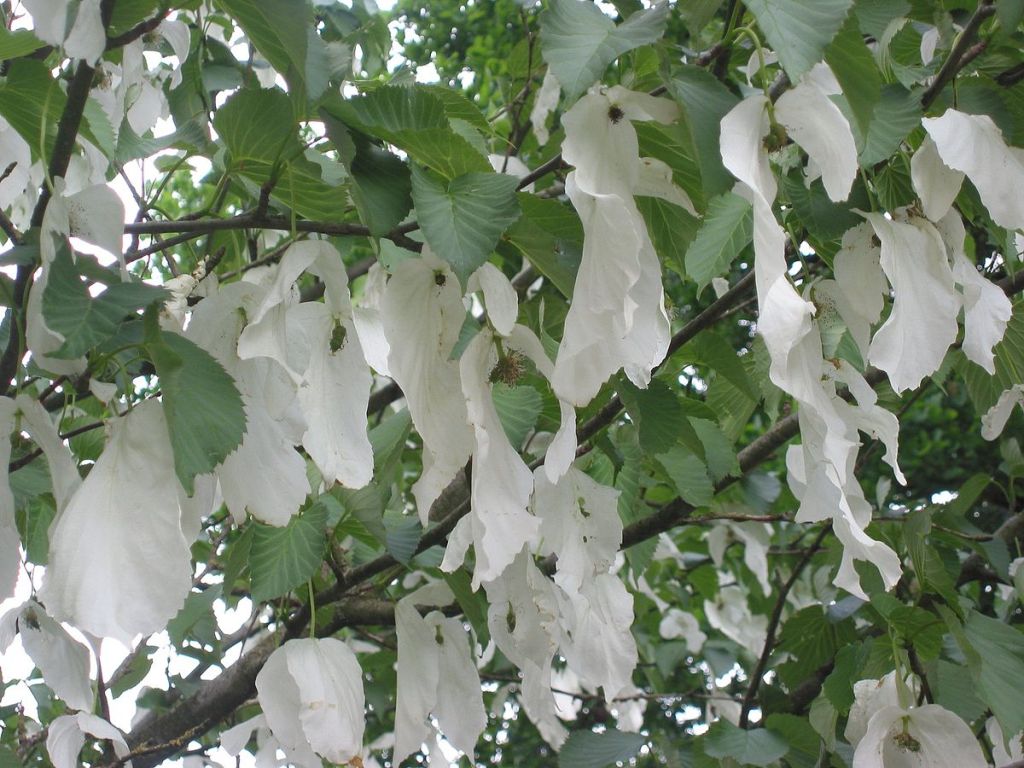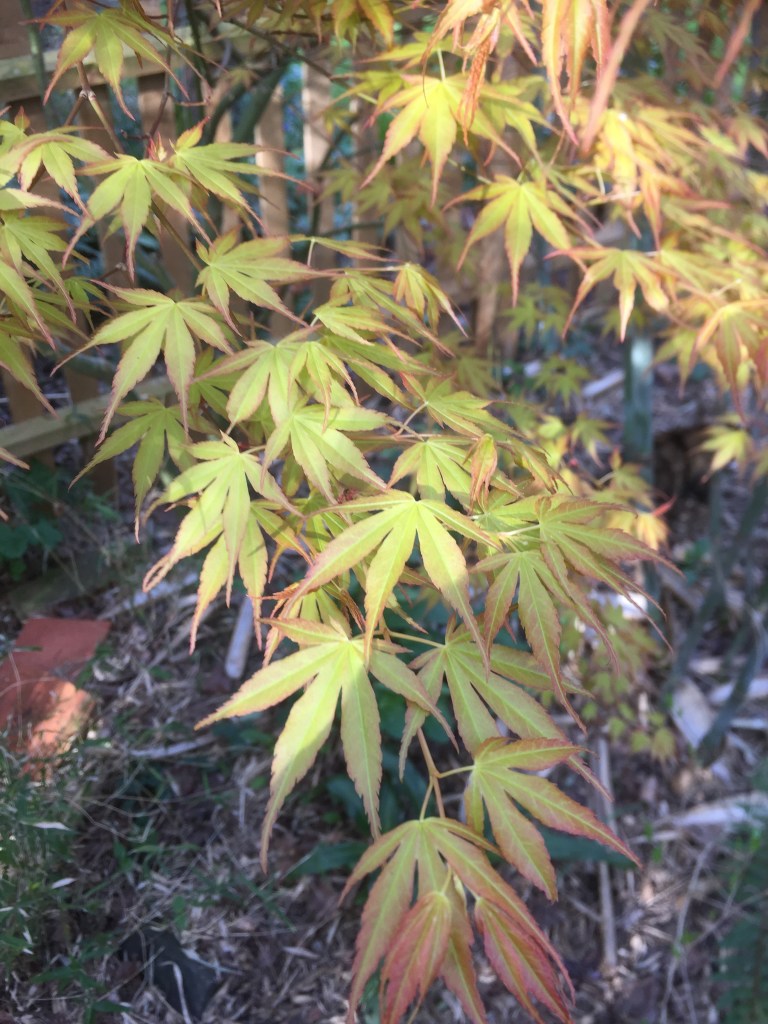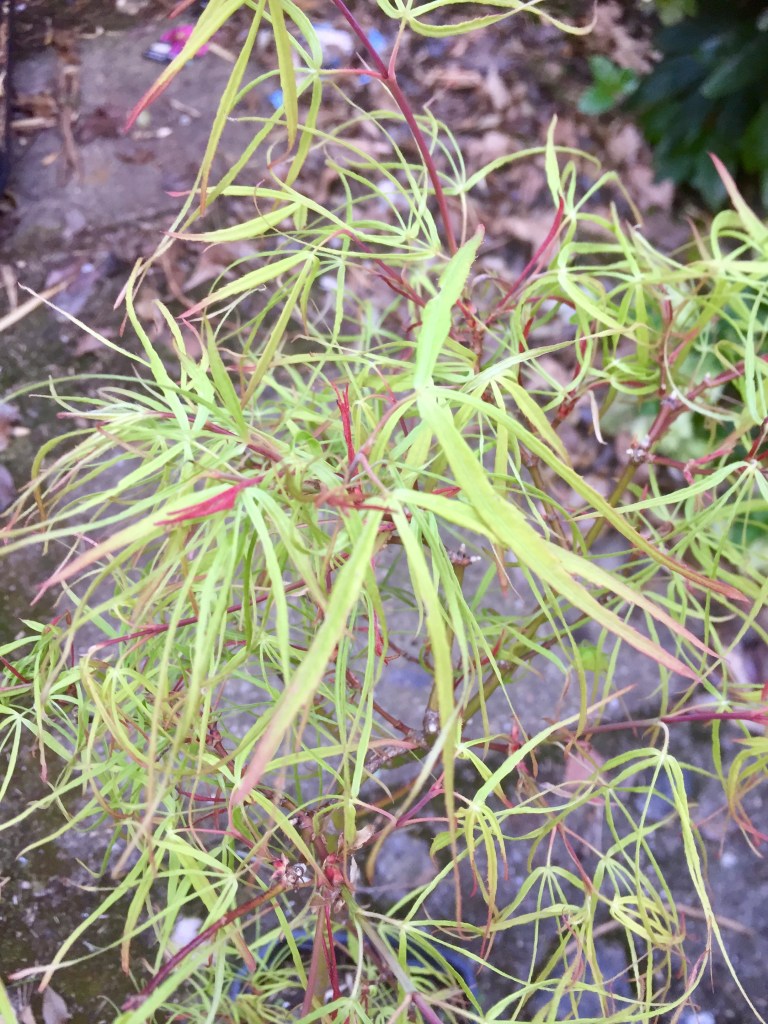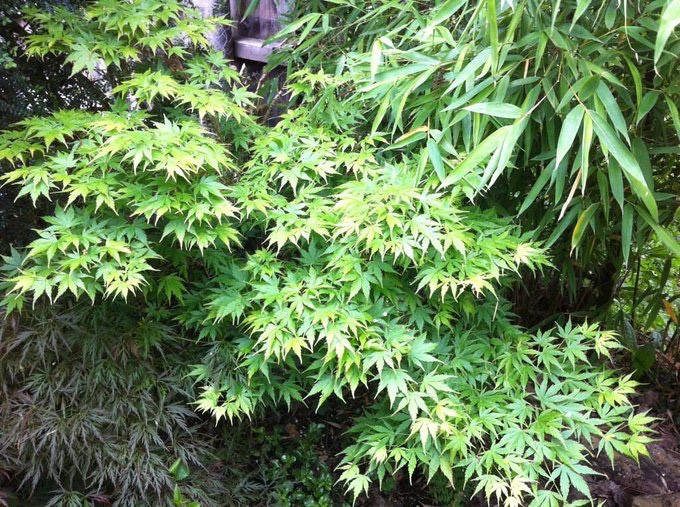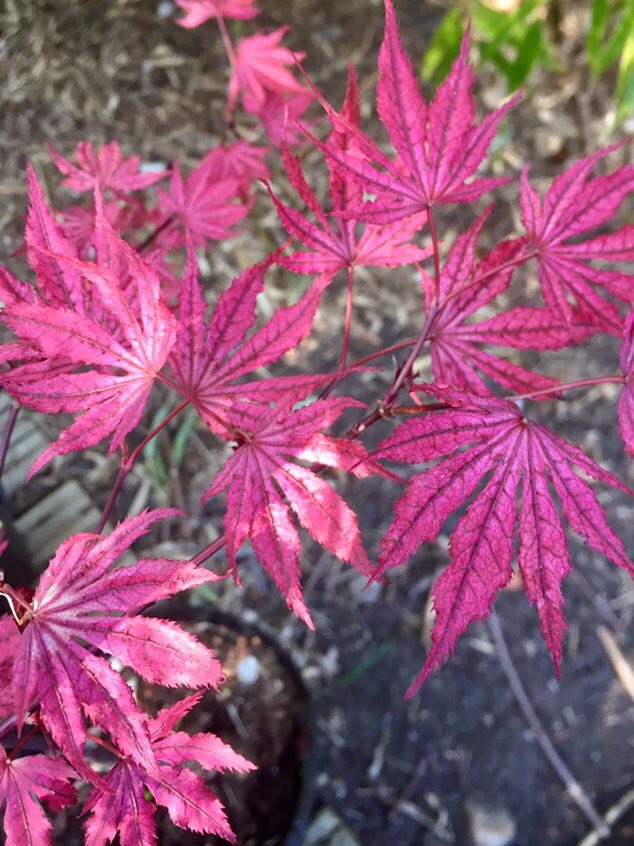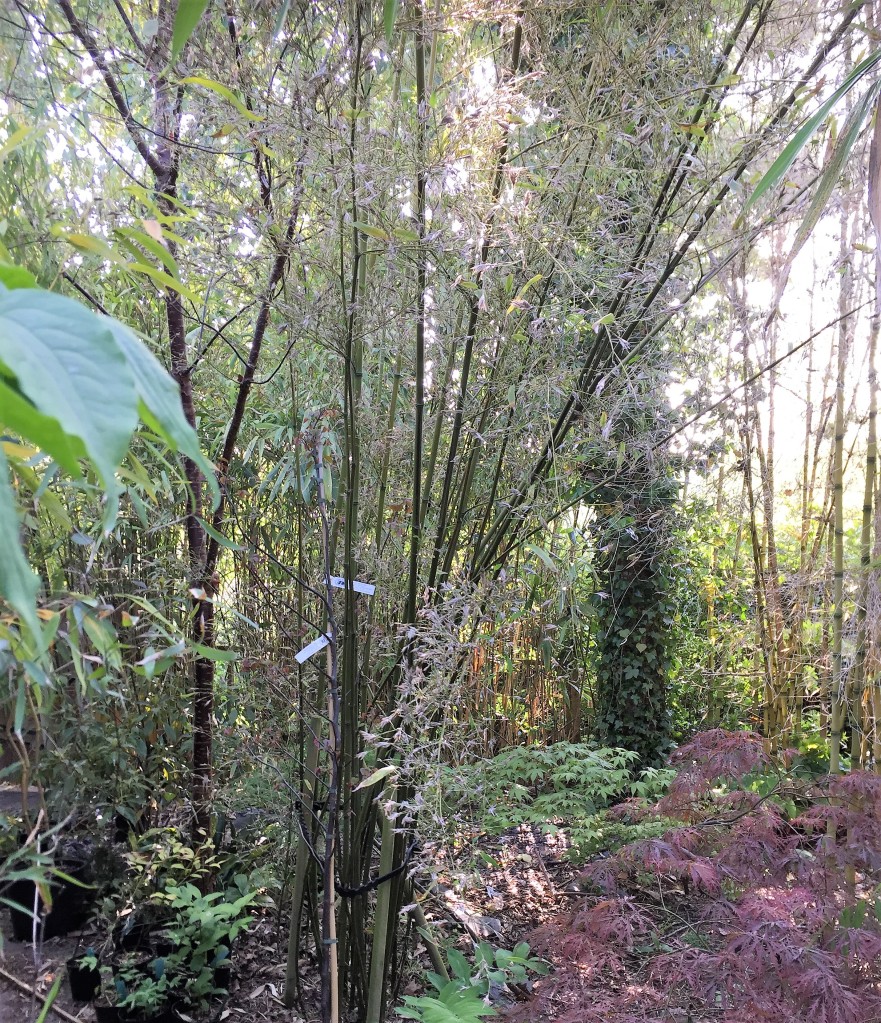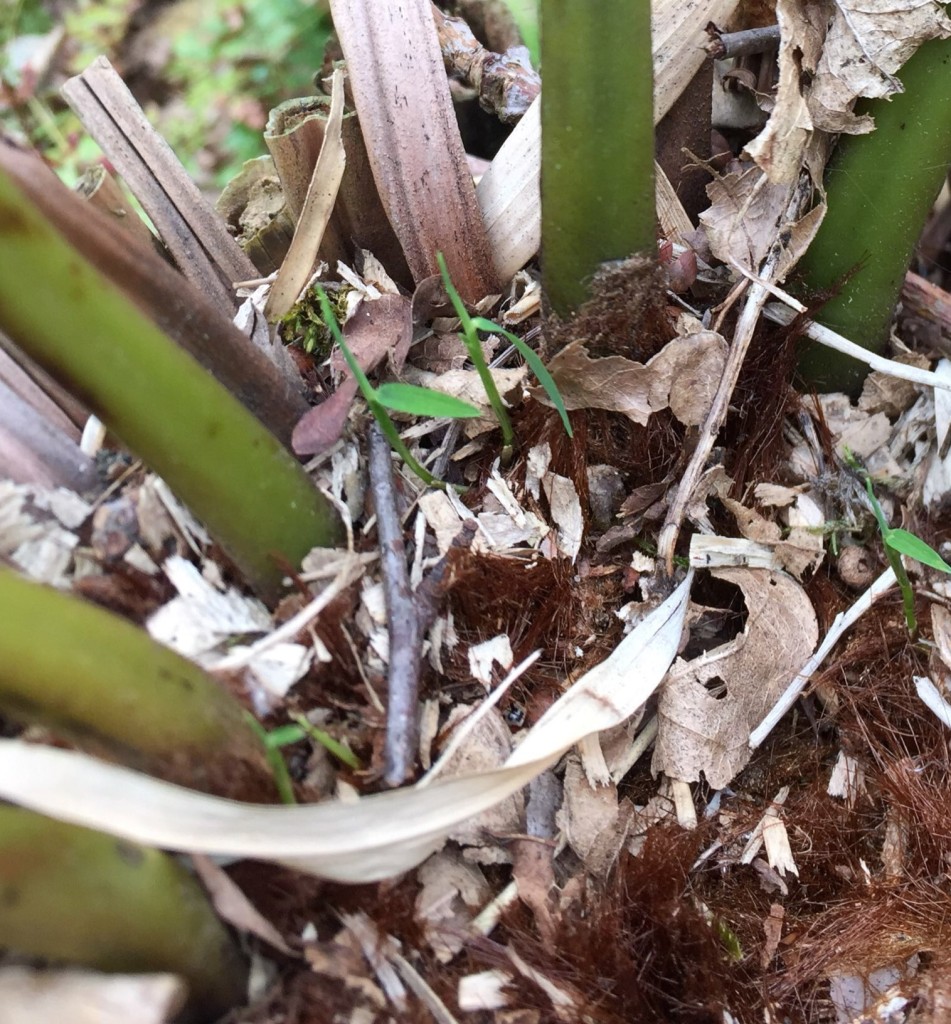During the turbulent Six Dynasties period (220-589AD) after the fall of the Han, ministers and officials came and went as power at court changed hands. Having lost their positions, disappointed scholars retired to the country to live in seclusion and build gardens. This became a recurring theme in Chinese garden history. One of these, a wealthy aristocrat and former provincial governor called Shi Chong, built a garden northeast of the capital Luoyang in 296AD, called Jingu Yuan, the Garden of the Golden Valley. This was no simple rural retreat, however, but an extravagant and elaborate garden which inspired emulation through the centuries.
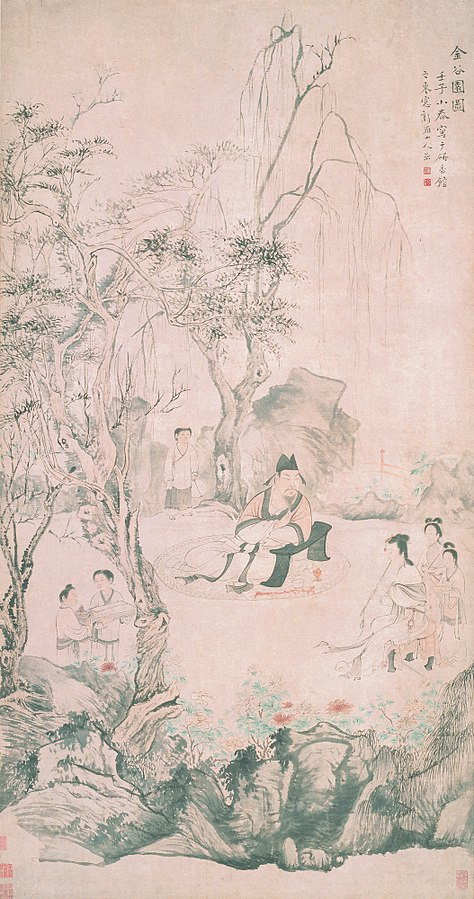
金谷園圖
He invited thirty poets to a banquet at which they were required to compose a poem each – those who failed were ‘punished’ by being required to drink an immoderate quantity of wine. The resulting collection Poems from the Golden Valley began a long association between poems and gardens in Chinese culture, in which gardens became both a location for composing poetry and the subject thereof. In turn, gardens were inspired by poems and literary works.

兰亭修禊图
Another famous early example of this association was the Liubei Tang, the Garden of the Floating Cup. In 353AD, the poet, calligrapher, and general Wang Xizhi held a gathering of poets at a garden called the Orchid Pavilion, where King Guojian of Yue is supposed to have planted an orchid in the 5th century BC. Seating them beside a winding stream, he floated cups of wine. If a poem came to rest beside a guest, he had to drink the wine and compose a poem on the spot. This was much imitated and became a feature of many later gardens. The poems themselves are much less well regarded than Wang’s Preface to them. The pavilion and garden still exist, as well as a stele bearing what is said to be Wang Xizhi’s calligraphy.
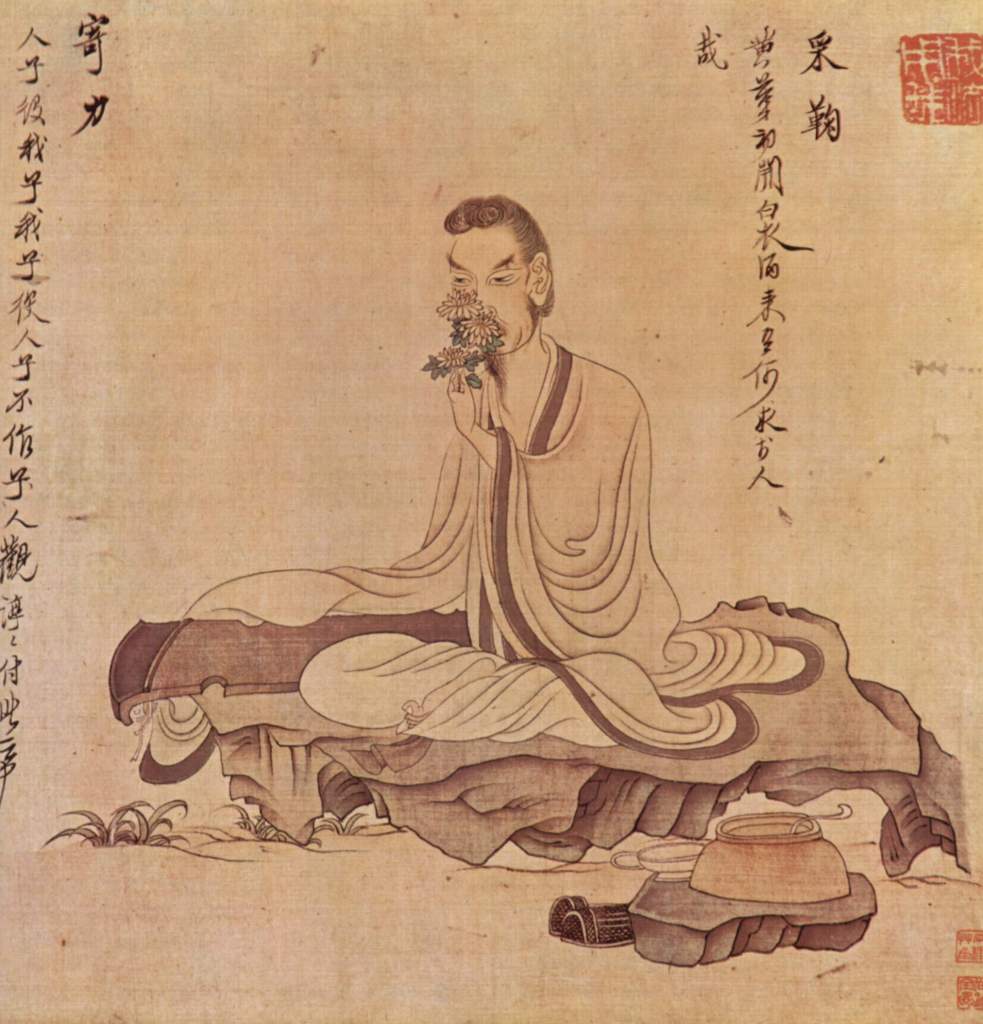
Tao Yuanming (365-427AD), author of The Peach Blossom Spring, was another scholar who withdrew from the world. Always reluctant to participate in public life, he endured poverty to live in seclusion and cultivate himself in the Daoist tradition. He wrote poetry and gardened, as well as farming to feed himself and his family.
Drinking Wine (#5)
Tao Yuanming
I’ve built my house where others dwell
And yet there is no clamour of carriages and horses
You ask me how this is possible– (And so I say):
When the heart is far, one is transported
I pluck chrysanthemums under the eastern fence
And serenely I gaze at the southern mountains
At dusk, the mountain air is good
Flocks of flying birds are returning home
In this, there is a great truth
But wanting to explain it, I forget the words
To this day he is the archetype of the refined gentleman hermit, and chrysanthemums have been closely associated with him throughout history. He was one of the originators of the ‘Field and Garden’ genre of poetry.

The Tang dynasty, which followed the turbulent Six Dynasties period, was a golden age of Chinese culture, including gardens. One famous Tang garden was the Wangchuan garden of the poet, painter, and administrator Wang Wei (701-761AD). The garden included 20 landscape scenes to be viewed from set viewpoints. Wang wrote poems to go with each scene and also painted them. The gardens, poems, and paintings were hugely influential in later years.
The Garden of the Golden Valley
Scattered pomp has turned to scented dust
Du Mu (803–852)
Streaming waters know no care, grass spreads and claims spring as its own
At sunset, an East Wind carries the sound of crying birds
Petals on the ground are her likeness still, beneath the tower where she fell
In the late Tang the poet Du Mu wrote this poem (translation from here) about Shi Chong’s Garden of the Golden Valley, built 500 years earlier. Shi Chong ultimately came to a sad end. A rival, jealous of Shi Chong’s beautiful concubine Lüzhu, framed him for treachery. Shi Chong was executed and Lüzhu threw herself to her death from a tower in the garden.








